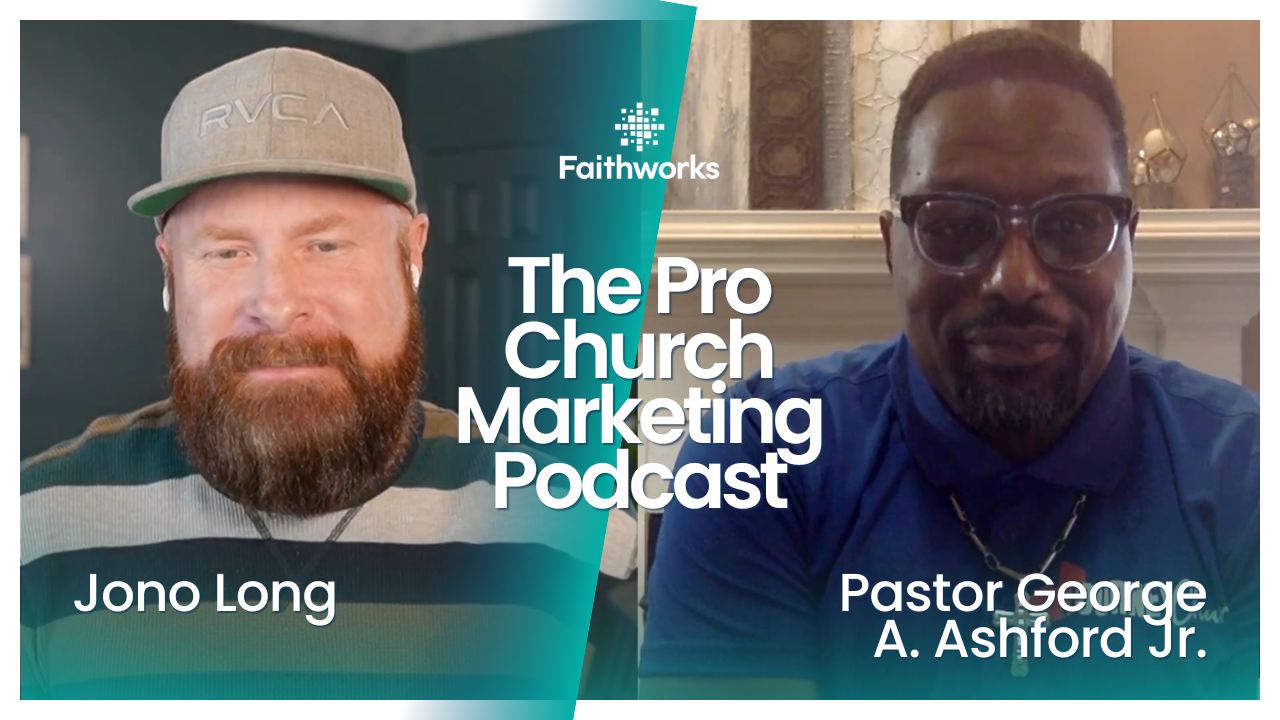Social Media for Churches: A Guide on How to Build a Strategy
In the modern world, churches need to find new ways to engage with their communities. Social media is an effective tool that can help churches reach their target audience and build relationships with them. A well-designed social media strategy can help churches create meaningful connections with their members, build community engagement and trust, and grow their reach.
Creating an effective social media strategy for churches can be a challenge, as there are many different platforms, audiences, and goals. To help churches develop a successful strategy, this article will provide tips on how to create a social media strategy that fits their needs, engage their target audience, and effectively reach their goals.
Here is a list of the best strategies churches can use to engage and connect with their communities:
1 - Hashtags
Hashtags are a great way for churches to reach their target audience and build relationships. They can be used to create conversations, join in on existing conversations, and promote events. When creating hashtags, churches should ensure they’re relevant, easy to remember, and not already in use.
2 - Content
Creating content that resonates with your target audience is key to engaging them. Churches should focus on creating content that is relevant to their members’ interests and values. This could include inspirational quotes, bible verses, and stories of faith.
3 - Engagement
Engagement is essential for a successful social media strategy. Churches should encourage their members to engage with their posts by asking questions, responding to comments, and sharing posts. The more engaged the members are, the more likely they are to stay connected with the church.
4 - Advertising
Advertising can be a great way for churches to reach their target audience and grow their reach. Churches should consider using paid advertisements on social media platforms, such as Facebook and Instagram, to promote their events and services.
5 - Analytics
Analytics are an important part of any social media strategy. Churches should track the performance of their posts and use the data to inform their future strategies. This will help them identify which posts are successful and which ones need to be improved.
6 - Location Tags
Location tags can help churches reach local audiences and expand their reach. Churches should use location tags on their posts to make sure their content is seen by people in their local area. This will help them better connect with their local community.
7 - Trends
Staying up to date with the latest trends is essential for churches to ensure their content is seen. Churches should monitor social media trends to create timely and relevant content that resonates with their audience. This will help them stay at the forefront of their followers' minds and increase engagement.
Why Social Media Is Important for Churches
Social media is an essential tool for churches to reach and engage their members and the wider community. By leveraging the power of social media, churches can create meaningful connections, build relationships, and share their message with a wider audience. Additionally, social media can be used to promote upcoming events and connect with local organizations. Churches can also use social media to share inspiring messages, provide resources, and create a sense of community. Ultimately, social media is an invaluable tool for churches to communicate and grow their reach.
Conclusion
No matter what size of the church or the type of community, creating a social media strategy is essential for churches in the modern world. By following the tips outlined in this article, churches can create an effective strategy that will help them engage their target audience, build relationships, and reach their goals.
If you are looking for help with marketing and
local SEO for churches, contact Faithworks Marketing. We build and manage websites specifically for non-profits and churches all over the US.

Latest Posts




© 2025 All Rights Reserved | Faithworks Marketing







